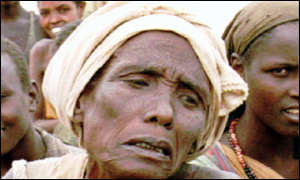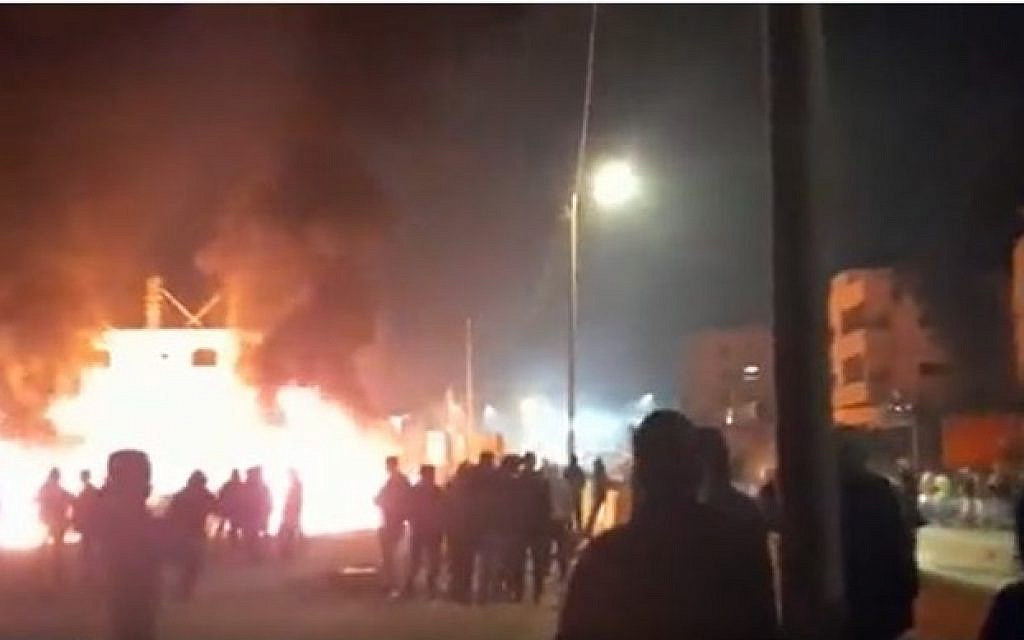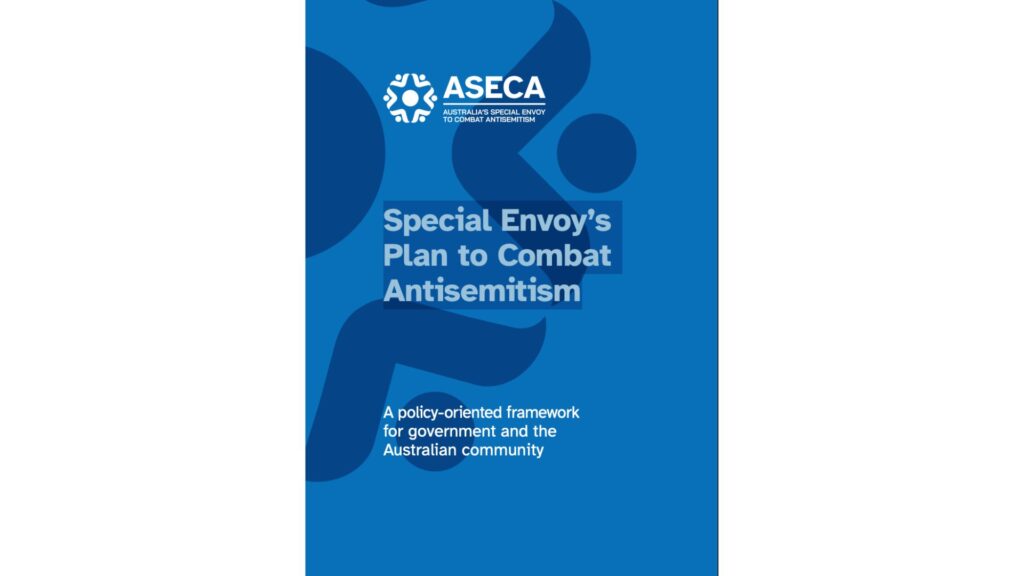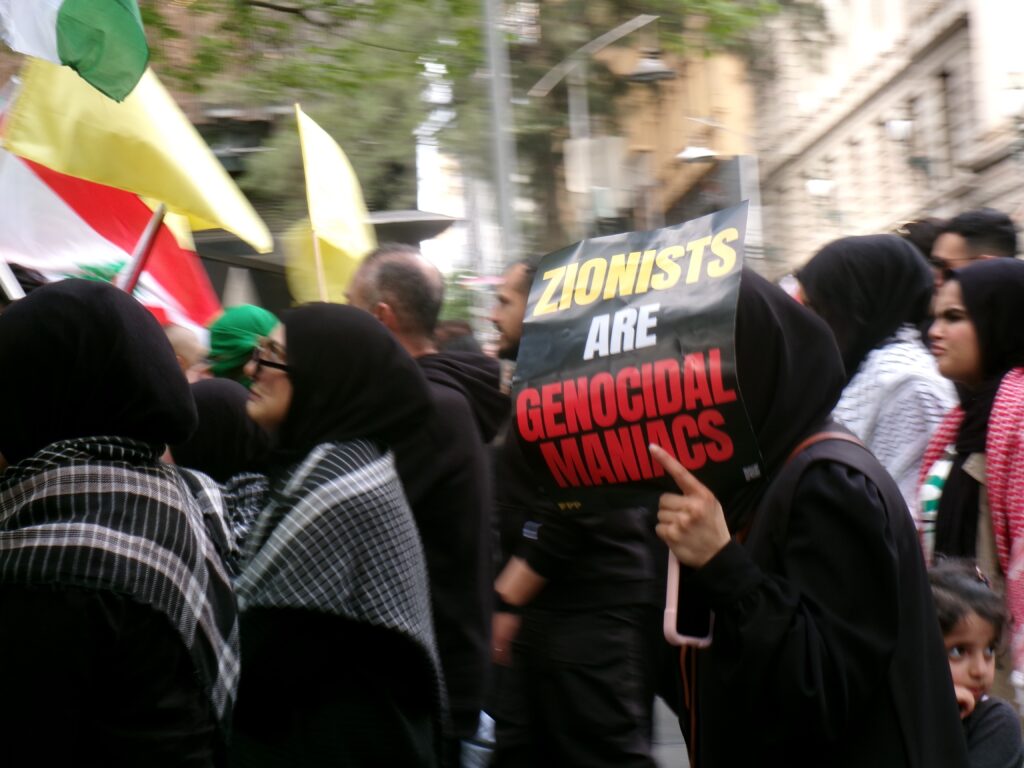UPDATES
Ruthless terrorist group behind Somali famine
July 29, 2011 | Daniel Meyerowitz-Katz

The catastrophic drought in East Africa has created an all-but unprecedented humanitarian disaster. Commendably, many world leaders – including Australian Foreign Minister Kevin Rudd – have called for the international community to provide immediate aid relief to the millions who are suffering.
When describing the tragic situation in Somalia, Michel Gabaudan, the president of Refugees International, has made the allegation that the Somali famine is “man-made”. Gabaudan provides a pertinent reminder of the recent anarchic history of the war-ravaged nation.
Somalia, on the contrary, has not had a functioning central government for more than twenty years. As early as 2008, Refugees International was calling Somalia “the world’s worst humanitarian crisis.” Years of conflict had displaced some two million people — nearly a quarter of the population. Armed groups — including the militant group Al Shabab — restricted the international community’s access to wide swathes of the country they controlled. Aid agencies struggled to safely reach people inside the country to provide them with assistance.
Today, this lack of access is one of the primary reasons why Somalis have been so much more affected by this drought than their Horn of Africa neighbors. Humanitarian aid workers have little to no access to more than half of the Somali population in need of help. This is due in part to Al Shabab restrictions, and also to fear on the part of aid organizations that staff will be targeted or killed.
Gabaudan goes on to partially blame the donor countries’ policies for the famine. As he alleges, the US and other governments have been reluctant to provide aid in areas controlled by Al-Shabab, the Islamist militant group that controls much of southern Somalia.
Al Shabab has been recognized by many donor nations as a terrorist organization. Here in the United States, the U.S. Treasury’s Office of Foreign Assets Control (OFAC) prohibits U.S. government money from going to aid operations if there is any risk that it will “materially benefit” a listed terror organization. In 2009, the U.S. applied these restrictions to areas of Somalia controlled by Al Shabab. Since then, U.S. aid to Somalia has dropped by 88 percent — from roughly $237 million in 2008 to just over $20 million in 2011.
… The U.S. government should ease current administrative restrictions so that essential and urgent aid can reach those most in need. Within southern and central Somalia, there are actors unaffiliated with Al Shabab with whom aid organizations can work. But in the areas firmly under Al Shabab’s control, the U.S. and other donor governments have to trust that experienced aid organizations will do everything possible to ensure that aid reaches that vulnerable population without significant diversion.
I acknowledge that the prospect of working in any way with Al Shabab is bad. But the consequences of not allowing aid into these regions are far worse.
What Gabaudan overlooks is that the reduction in Western aid is not so much due to policy decisions by Western governments as it is to Al-Shabab’s violent campaign against “un-Islamic” groups in Somalia – including all Western aid organisations. The American Enterprise Institute’s Katherine Zimmerman has written an insightful history of Al-Shabab’s anti-aid activities.
Somalia is one of the most hostile environments for humanitarian activities. Al Shabaab’s attacks on aid workers and agencies’ offices have made most of southern and central Somalia inaccessible.[11] The WFP reports that since 2008, 14 of its employees have been killed by al Shabaab.[12] Al Shabaab has used the presence of aid agencies to its advantage. In some instances, the group has benefited financially through fees extracted for security assurances or from ransom payments from the kidnapping of aid workers.[13]
… The severe conditions in southern Somalia have driven families to seek assistance in areas outside of al Shabaab’s control. Some reports indicate that al Shabaab has prevented some of these families from leaving its territories.[17] Al Shabaab spokesman Sheikh Ali Mohamed Rage, also known as Ali Dhere, refused the entry of banned humanitarian agencies into famine-afflicted regions, saying that the declaration of a famine was part of a political agenda.[18]
That Al-Shabab are cutting off aid to their own people due to their anti-Western dogma illustrates the ruthless and inhuman nature of their warped views. That said, there is a firm basis for Al-Shabab’s classification as a terrorist group – they pose a risk not only to their own people, but also to the wider international community. A reminder of this came just last week, when the US Congress released a congressional report on Al-Shabab recruitment in America. As reported by Reuters:
An al Qaeda-affiliated group in Somalia, al Shabaab, has recruited more than 40 Muslim Americans to its battle in the war-ravaged country and at least 15 have been killed, a congressional report said on Wednesday.
U.S. officials have become increasingly worried about the group, particularly after capturing an al Shabaab commander who had allegedly been a liaison with al Qaeda in the Arabian Peninsula, an active Yemeni group that has tried to strike the United States.
So far, al Shabaab has conducted only limited attacks outside of Somalia, notably the twin bombings in Uganda that killed 79 people watching the World Cup final last year. The group has waged a long, violent battle to control Somalia.
The impact of Al-Shabab on the current famine in Somalia is undeniable. Furthermore, this is a group that vowed to avenge the death of Osama bin Laden and has a record of terror activity in the West, including in Australia. There is certainly cause for concern as this group wields more and more power in Somalia. What is not clear is whether the international community has the willpower to address this issue in any effective way.
Daniel Meyerowitz-Katz
Tags: Africa





